Effective Warning Letter Templates for Professional Use
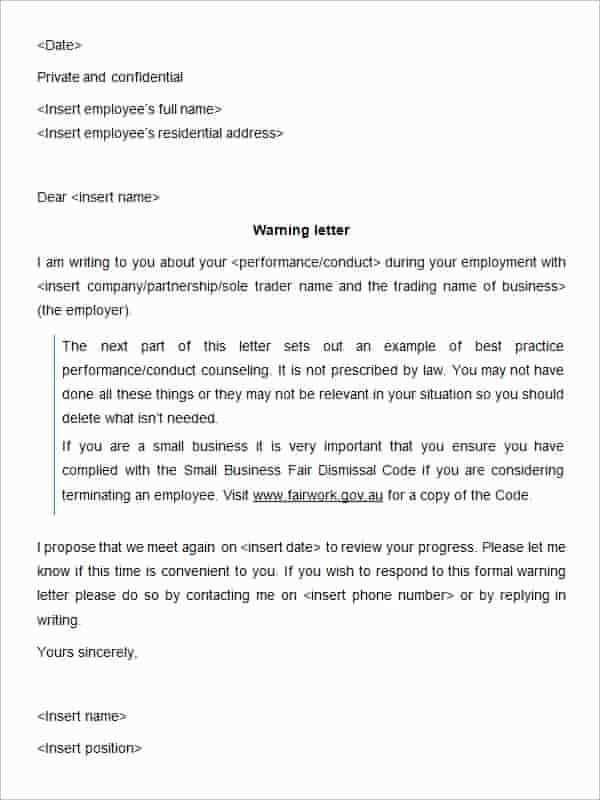
When dealing with workplace or personal concerns, having the right structure for formal communications is crucial. These written communications serve to address problems, set expectations, and guide individuals towards improvement. They are essential for maintaining professionalism and ensuring clear understanding between both parties.
Creating a Professional Communication
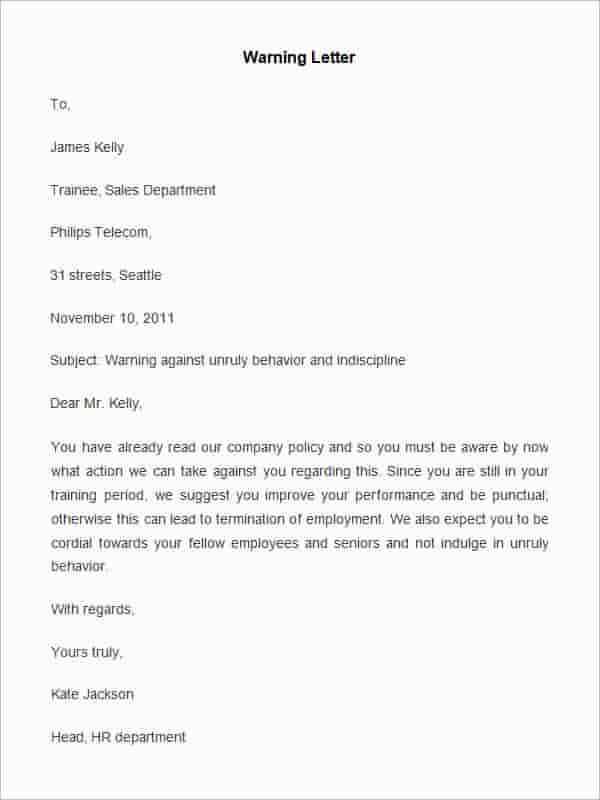
Each message needs to be clear and direct. A well-constructed formal notice should include all the necessary information to make the issue understood and to provide a solution or next steps. The tone must remain respectful and neutral, focusing on the behavior or action rather than the person.
Structure and Key Elements
- Introduction: Begin with a brief explanation of the reason for the communication.
- Details: Outline specific behaviors or actions that prompted the need for the document.
- Consequences: Clearly state the potential consequences if the situation is not addressed.
- Action Plan: Offer a solution or steps that need to be taken to resolve the issue.
- Closing: End the communication with a professional and encouraging note, offering support if necessary.
When to Use These Documents
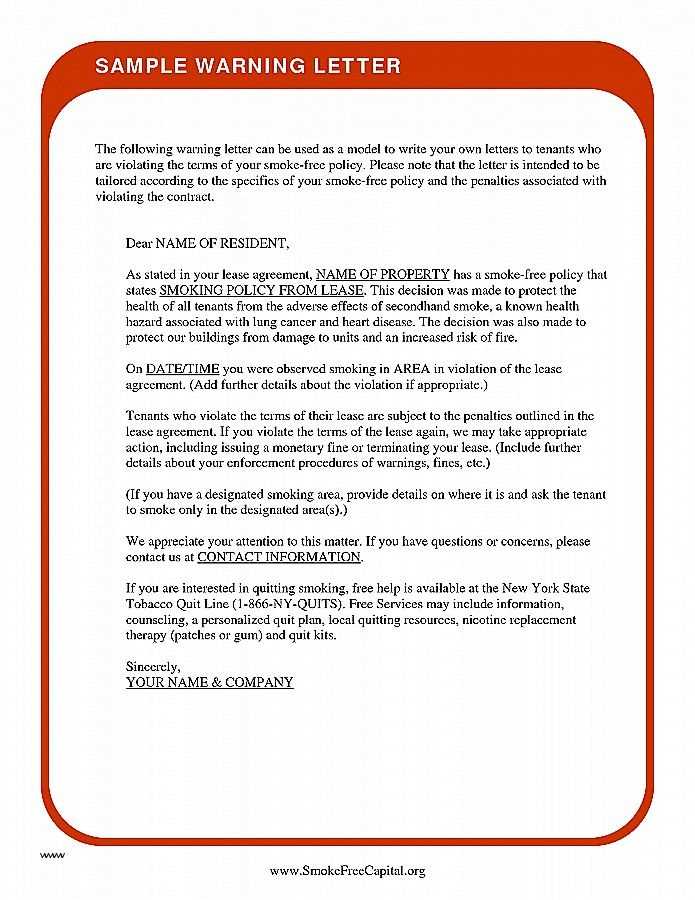
Such communications are most commonly employed when regular discussions have not been effective, or when a formal record is necessary. They are often used in professional settings, but can also be relevant in personal matters where a more serious tone is required to address concerns.
Legal and Ethical Considerations
It’s important to ensure that these written communications are in line with legal standards. Depending on the context, they may need to follow specific regulations or include certain disclosures. Additionally, ethical considerations should always guide the tone and content, avoiding language that could be construed as discriminatory or overly harsh.
Common Pitfalls to Avoid
- Ambiguity: Ensure that the message is clear and leaves no room for misinterpretation.
- Excessive Harshness: Maintain a balanced tone that is firm yet professional.
- Failure to Offer Solutions: Always provide guidance on how to improve the situation.
In summary, these formal documents are essential for addressing issues in a way that fosters resolution and improvement, while maintaining professionalism and respect. A clear, structured approach ensures that the message is received in the spirit it was intended, leading to better outcomes in both personal and professional environments.
Effective Written Notices for Different Situations
Formal communications addressing misconduct, performance issues, or violations are crucial for setting clear expectations and resolving concerns in a professional environment. These documents not only highlight the issue at hand but also provide an opportunity for improvement or correction. Knowing how to craft these notices correctly can ensure that the intended message is conveyed effectively and respectfully.
How to Draft a Formal Notice
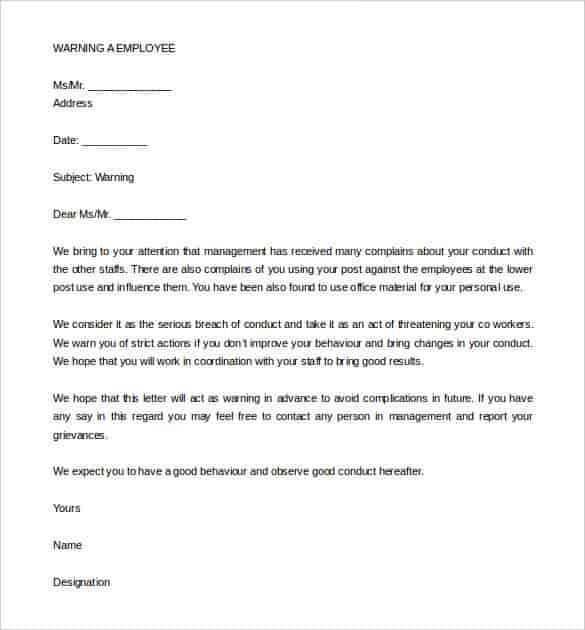
Writing a professional document requires a clear structure. Start by clearly stating the purpose of the communication. Next, provide specific details of the actions or behaviors that are of concern, being objective and factual. Avoid using emotional language or personal criticism. Finally, suggest a way forward, whether it be corrective actions or an opportunity for improvement.
Common Errors to Avoid in Notices
There are several common mistakes when crafting these types of documents. One of the most significant errors is vagueness; ensure that the message is clear and specific. Another mistake is being overly harsh, which could damage relationships. Additionally, failing to provide a clear plan for correction can lead to confusion and a lack of accountability.
Key Components of an Effective Notice
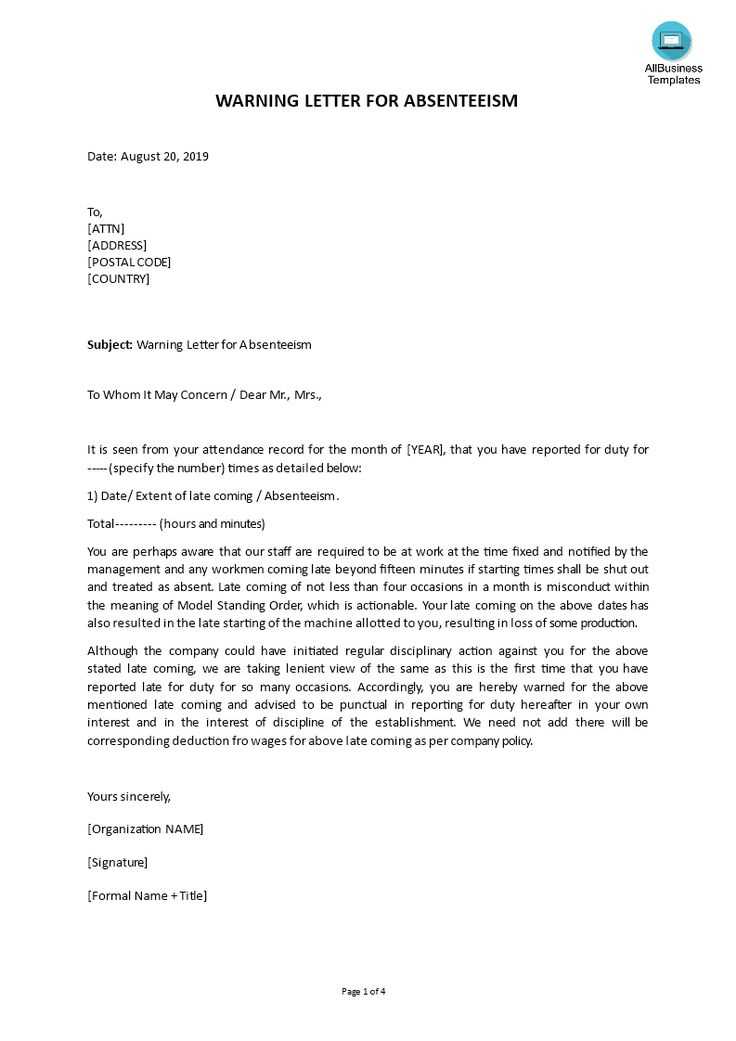
- Clear Introduction: State the purpose of the document without ambiguity.
- Specific Details: Outline the actions or issues that require attention, using concrete examples.
- Corrective Action: Offer suggestions or steps that can be taken to resolve the problem.
- Consequences: Be transparent about potential outcomes if the issue is not addressed.
When to Issue a Formal Notice
Such communications are appropriate when informal conversations or feedback have not led to the desired results. They are often issued when there is a need to officially record the issue or when an individual’s actions have crossed a threshold that requires a more formal response. Issuing these documents too early can come across as overly punitive, so it is important to assess the situation thoroughly before taking this step.
Legal Aspects of Notices
It’s vital to ensure that these communications comply with relevant laws and regulations. Depending on the context, there may be specific rules regarding the language used, the way the document is delivered, and the consequences outlined. Furthermore, these documents should be free from any discriminatory language and adhere to principles of fairness.
Examples of Document Formats
There are various formats for writing such communications, depending on the situation. A basic format might include an introduction, a description of the issue, suggested steps for improvement, and a closing statement. Some organizations may have specific formats that need to be followed, which may include additional sections such as performance evaluations or documentation of previous discussions.